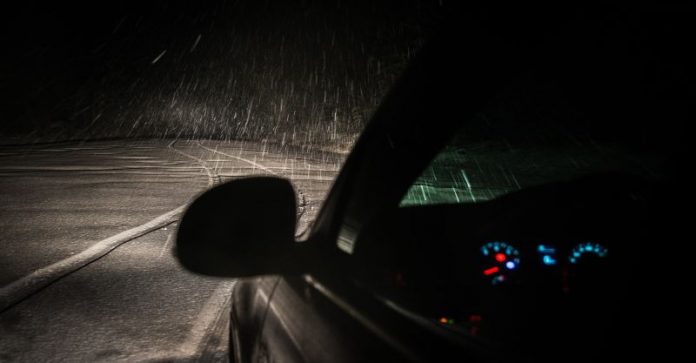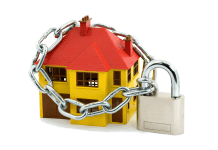
The mornings are now darker longer, the evenings are getting darker earlier, and the night-time hours are extended. With less daylight available and then adding in the murkier autumn and winter weather, our little part of the world is now a lot greyer and darker, now making it much more of a danger for children walking home from school, adults leaving work and cyclists sharing the road with cars. Why? Because with a lot of people wearing darker clothing (clothing at this time of year always seems to be dark colours) you can’t always be seen. Whilst it is getting darker earlier and for longer, everybody needs to be seen while out and about. Yes, road users with their cars, lorries, buses and motorbikes have headlights, but they may not always be able to see pedestrians and cyclists in time when they are wearing darker clothing. To help reduce the risks and make the roads safer for pedestrians as well as road users we should always try to wear something bright when out walking and running. There are several ways of doing this to be safer, here are some tips:
- Wearing colourful, bright or fluorescent clothing (better for use during the day)
- Wearing reflective gear or accessories (better for use during the night)
- Customise your backpack with fluorescent colours or reflective strips
- Try to use well-lit routes rather than dark back streets or passageways
- Use the pavements where available
- Always make sure you use the pedestrian crossings rather than trying to cross between parked cars
- Always use the Green Cross Code (Stop, Look and Listen) whether it is day or night (if you don’t know what this is ask a parent or teacher).
These are some very basic tips to help you be seen in dark. By following these easy tips, it will help to keep you safer and to be seen easier when out and about, keeping the roads safer for everyone. These simple tips don’t just apply for the darker hours but are also helpful during bad weather such as rain, snow, fog etc… The more visible you can make yourself, the less chance there is of an accident occurring.
While fluorescent clothes and accessories might seem like the best way to be seen, they do only work best during the lighter daylight hours, they don’t work as well during the evening/night so make sure to add something reflective to your clothing or backpack or just wear a reflective armband. This can easily be done with a strip of reflective tape, a reflective sash/belt or purchasing a reflective armband.
If your route takes you where there is no pavement to walk on, very common where we live, try to cross to the other side if there is a pavement there (without crossing between parked cars if possible). If you do have to walk along the side of the road, always walk facing the oncoming traffic (by walking against the traffic, you can see what is coming in advance which allows you more time to react to any danger, and you also place yourself in the driver’s headlights so they can see you better).
For all you cyclists out there using the roads, please remember that it is against the law to cycle in the dark without a front white light and a red light and reflector at the back (lights must be working properly and your reflectors are clean and visible). And do try to make yourself as visible as possible with brighter clothing and reflective strips.
If you are worried about your child walking home from school on their own, especially during the darker months, contact your school or the local council and see if there are any “walking buses” in the area where children walk in groups making them much more visible. And do make sure they can wear something reflective on their coats, blazers and school bags.
Be safe this winter during the darker months, get some high visibility and/or reflective clothing, follow basic walking safety advice and make sure you can be seen!





